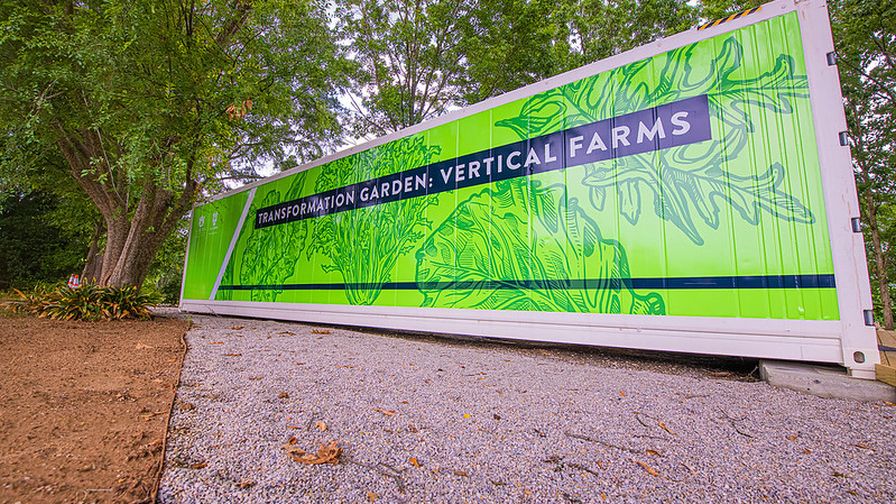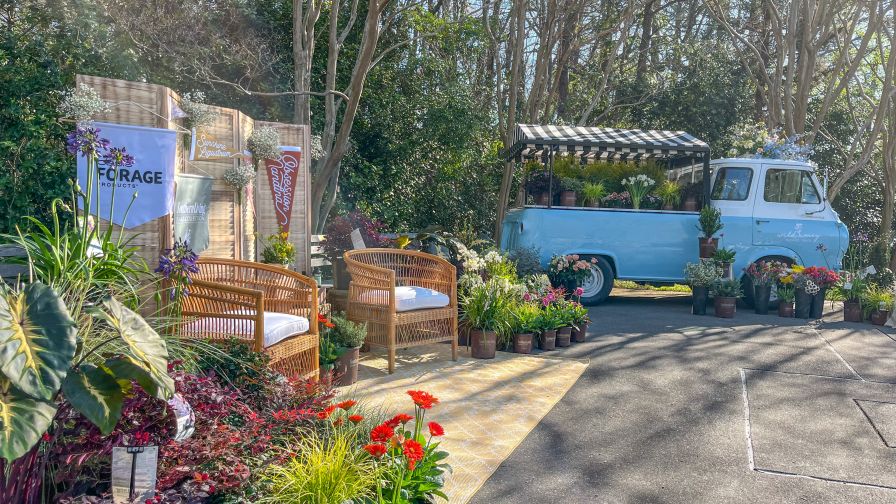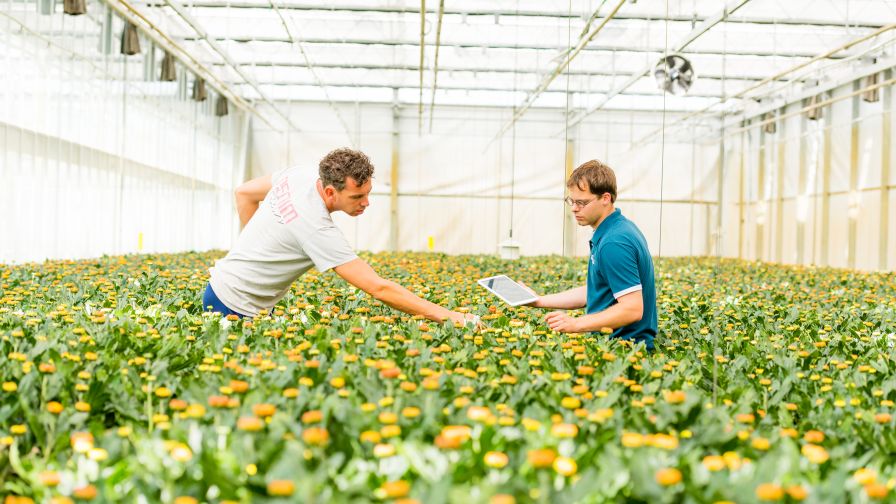Auburn University Grows Hydroponic Produce in Shipping Containers

Photo: Auburn/Flickr
The Auburn University College of Agriculture has converted two freight shipping containers into self-contained vertical farms.
“This is state of the art,” says Desmond Layne, head of the Department of Horticulture. “We’re talking growing from seed to fork in four to six weeks, depending on whether it is lettuce, arugula, or another vegetable crop that can grow in there. And we can produce 15 times as much per year as we could outside in the same exact spot.”
The two shipping containers were acquired by the college in April, and they are now growing their first heads of lettuce.
The containers have been fitted with an LED light system and climate control system including air conditioning and humidity control. The containers are already insulated and can work year-round.
“We can do any number of colors of lights,” says Daniel Wells, Associate Professor of Horticulture at Auburn University. “But it turns out for photosynthesis, plants use mostly red and blue light. What’s neat about that is you can cut out a lot of the other color spectrum, creating far less heat energy. That’s very efficient. It means more of the energy used is turned into light than heat.”
The containers also allow for CO2 controls as the containers are able to contain more CO2 than the outside.
“Ambient CO2, what you and I are exposed to every day, is about 400 parts per million (ppm),” Wells says. “And that’s fine, plants can grow there. But if we boost the CO2 to 1,000 ppm, they’ll grow faster. And because we’re containing the CO2, the plants can really use it. And it’s not dangerous for humans at all.”
The containers were manufacture by Freight Farms, a Boston-based company.
“There are a few different companies out there doing this,” Layne said. “But Freight Farms is the most sophisticated. They’re the ones who have both the best product on the market and the largest production of these containers. It’s really a best-case scenario.”










